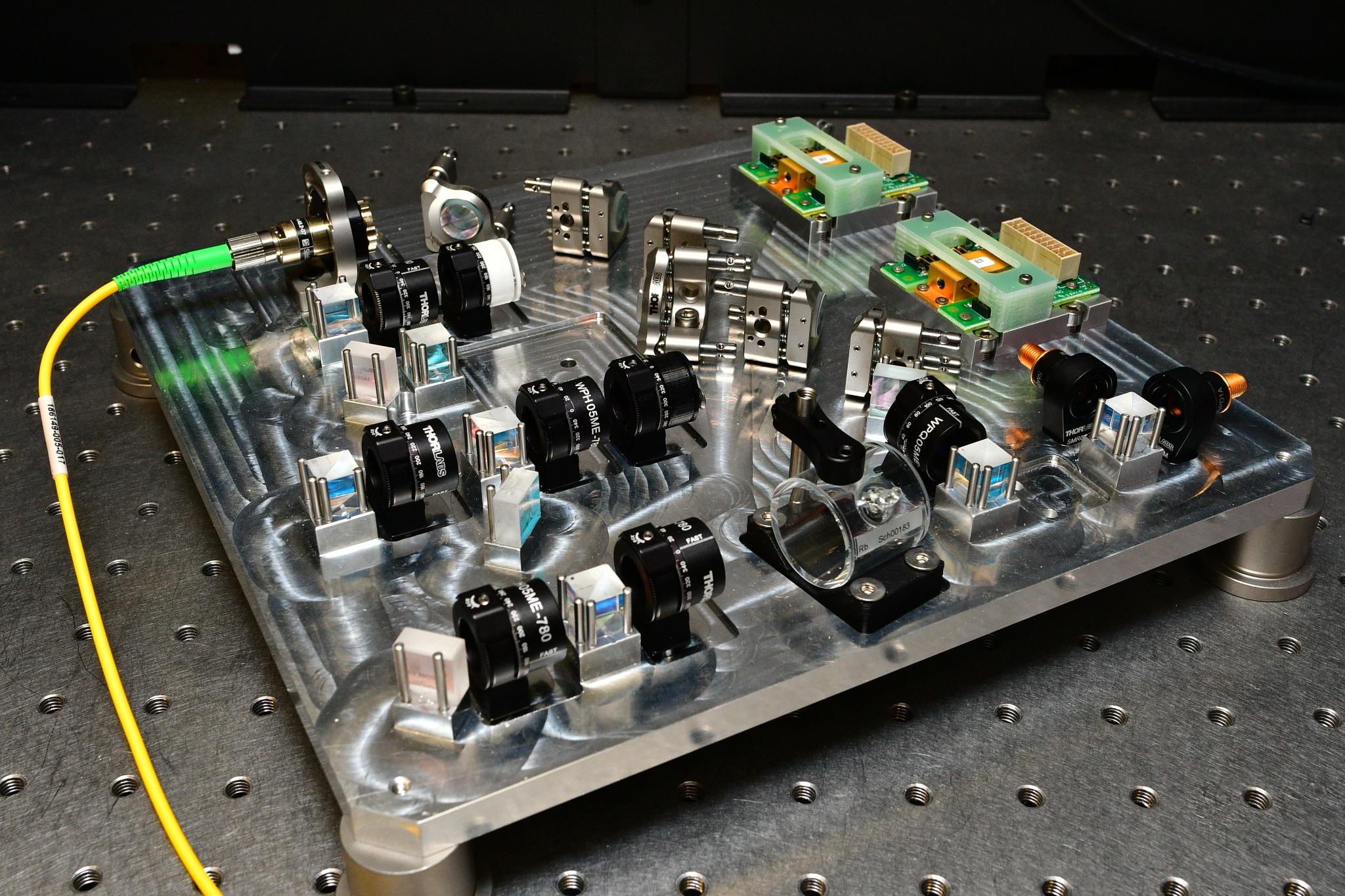Low noise, high-throughput, time-resolved single-photon sensor for quantum applications Quantum technology will revolutionize science, computing, communication, medical diagnosis and treatment, security, defence, and consumer goods. Fundamentally, the development and proliferation of quantum technologies into everyday life depend on the availability of sensors capable of time-resolved recording of individual energy quanta. Photon Force has partnered with Heriot Watt University (Edinburgh) and Fraunhofer UK (Glasgow) to create a single-photon sensitive fibre-coupled light detector which can detect and time 0.5 billion individual photons per second with 55 picosecond time precision. The sensor could help physicists advance their research, firefighters see through smoke, improve the resolution and speed of medical imaging, or provide secure optical communication links.
Fraunhofer CAP collaborated in this project with:
PHOTON FORCE LTD
Heriot Watt University
rAmpart
This project will develop tapered-amplifiers and single-photon detection techniques in order to develop a Time-of-Flight underwater 3D imaging system. These systems use new single-photon counting detectors and timing techniques to enable imaging with low-light return levels and offer sub-centimeter depth resolution. The developed systems will offer order-of-magnitude improvements over competitive commercial systems and the developed components will have widespread applications.
Fraunhofer CAP collaborated in this project with:
Optocap Limited
PHOTON FORCE LTD
Technical and Commercial Feasibility of Quantum Radar and Lidar
Radar and its optical counterpart, lidar, are well established and widely used technologies. The first is typically exploited for long-range detection, while lidar, operating at visible to near infrared wavelengths, offers improved resolution yet at a shorter distance. With the recent advances in quantum technologies, we can now investigate the feasibility of using quantum metrology in radar and lidar systems. While proof of principle results show the possibility to exploit quantum detection and illumination (e.g. entangled photons) to increase radar/lidar resolution and sensitivity, it is not clear yet if real systems can actually benefit from these achievements. This study will assess if the available quantum technology is mature enough, or is likely to mature, to increase the performance of radar and lidar with respect to the classical state-of-the-art, or achieve the same performances with reduced size/power consumption? This study will consider the most advanced results for quantum radar/lidar schemes and quantum devices for use in realistic situations. This answer will allow an understanding of whether quantum radar/lidar systems are a valuable commercial development worthy of further investigation and investment by UK companies.
Fraunhofer CAP collaborated in this project with:
QINETIQ LIMITED
Mid-IR Upconversion Single-photon detection (MIRUS)
The Mid-IR Upconversion Single-photon detection (MIRUS) project will develop a mid-infrared single-photon detection system using a novel upconversion scheme. This single-photon detector will make use of Covesion's PPLN waveguide technology and will offer the ability to detect single photons in the 3-5um spectral region.
Fraunhofer CAP collaborated in this project with:
COVESION LIMITED
BAE SYSTEMS PLC

 Centre for Applied Photonics
Centre for Applied Photonics